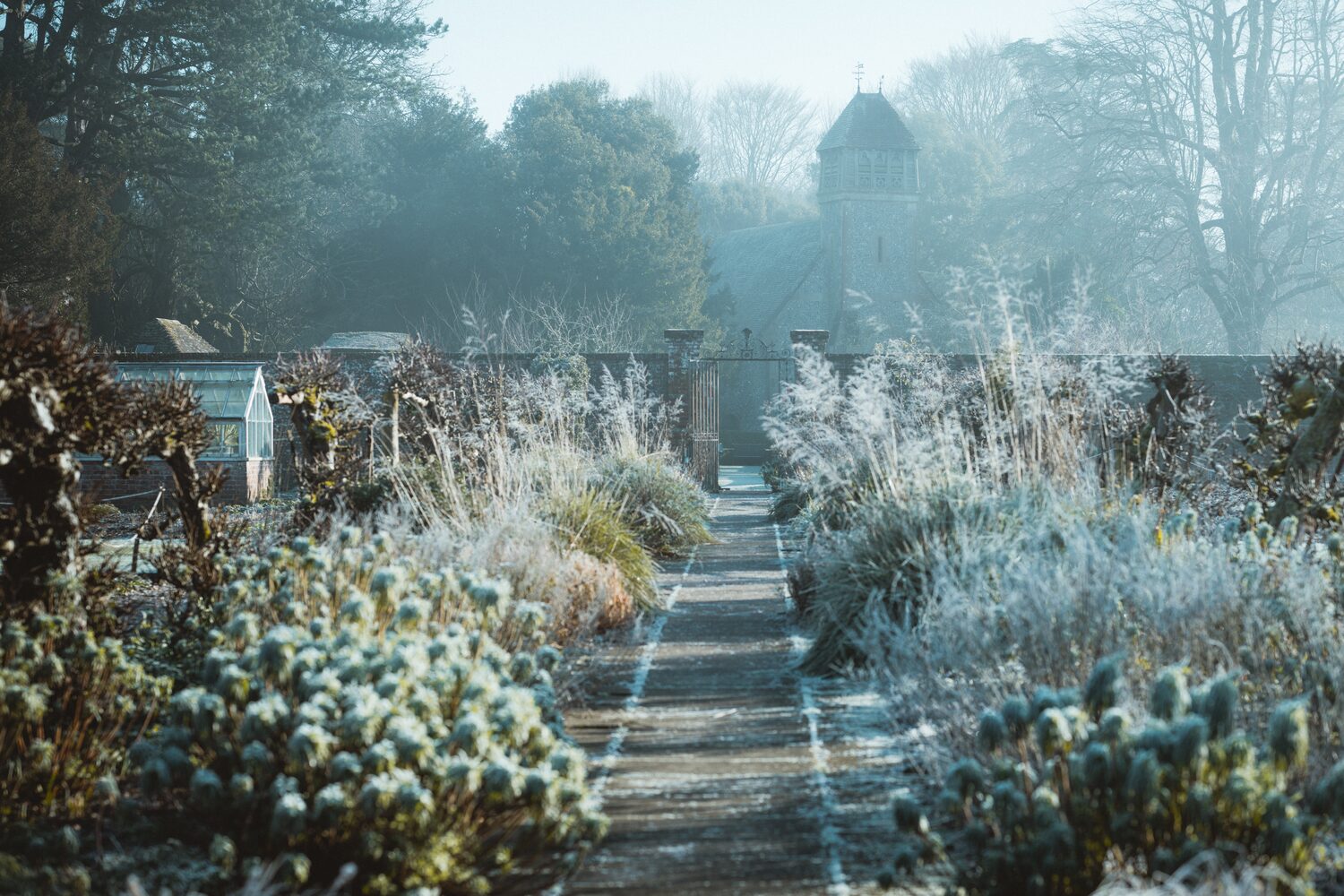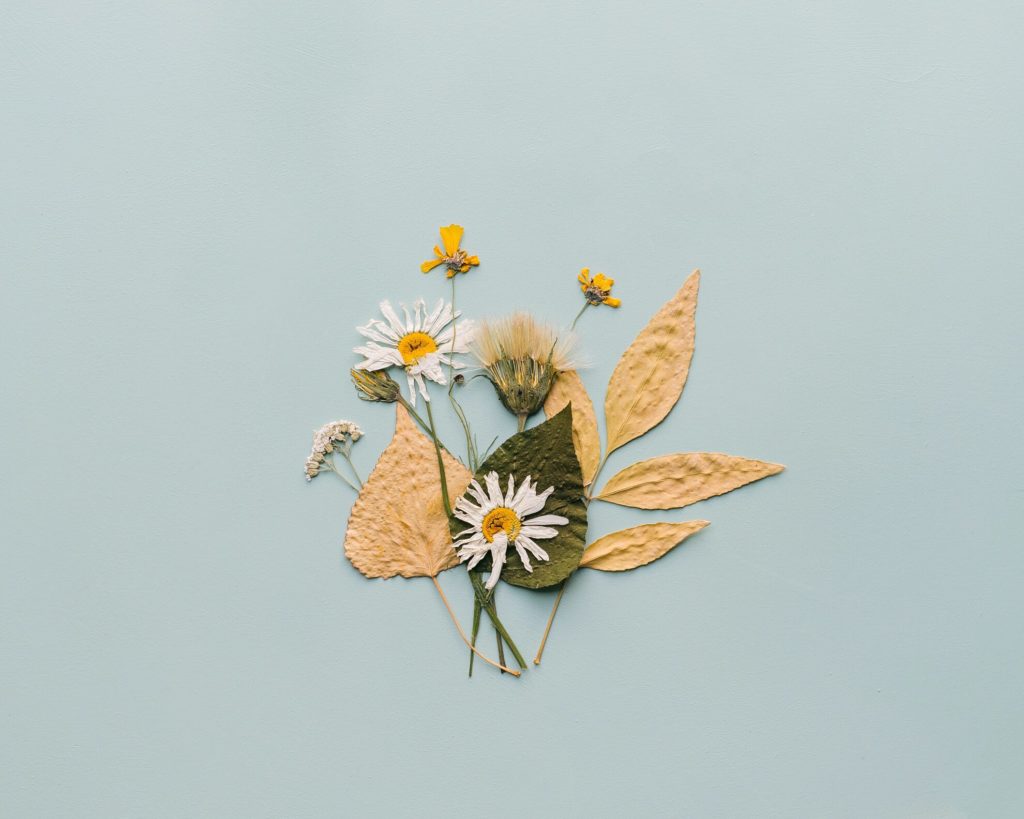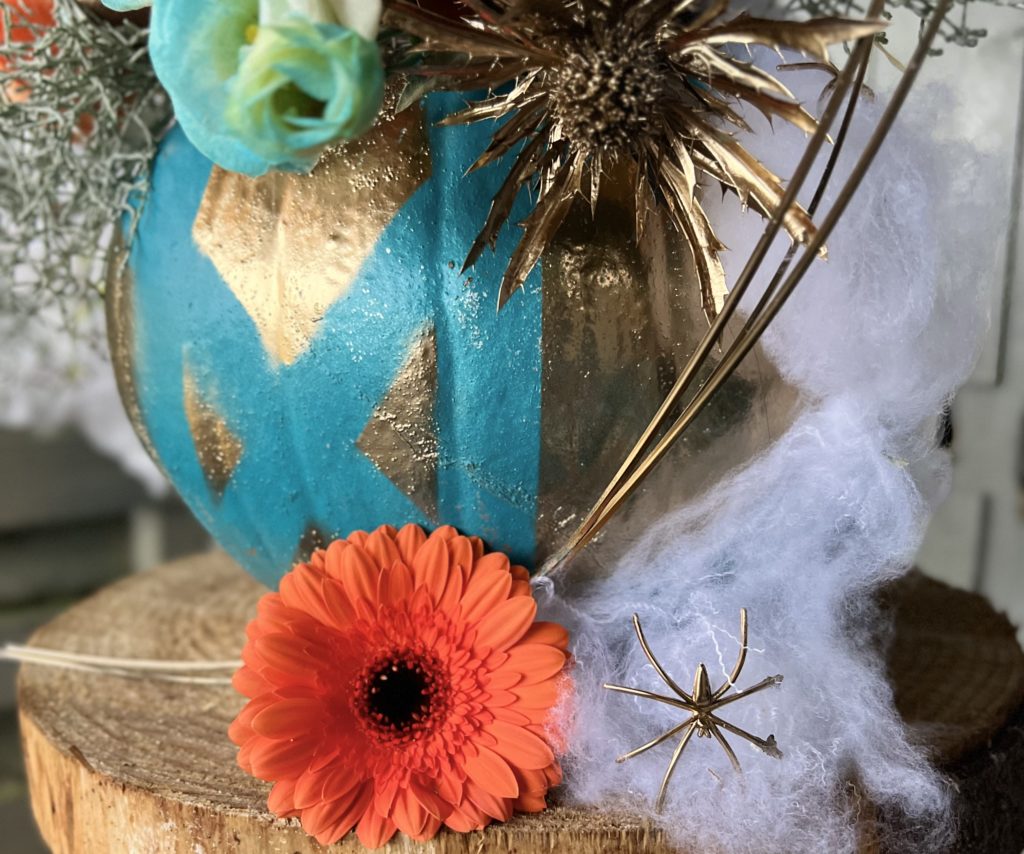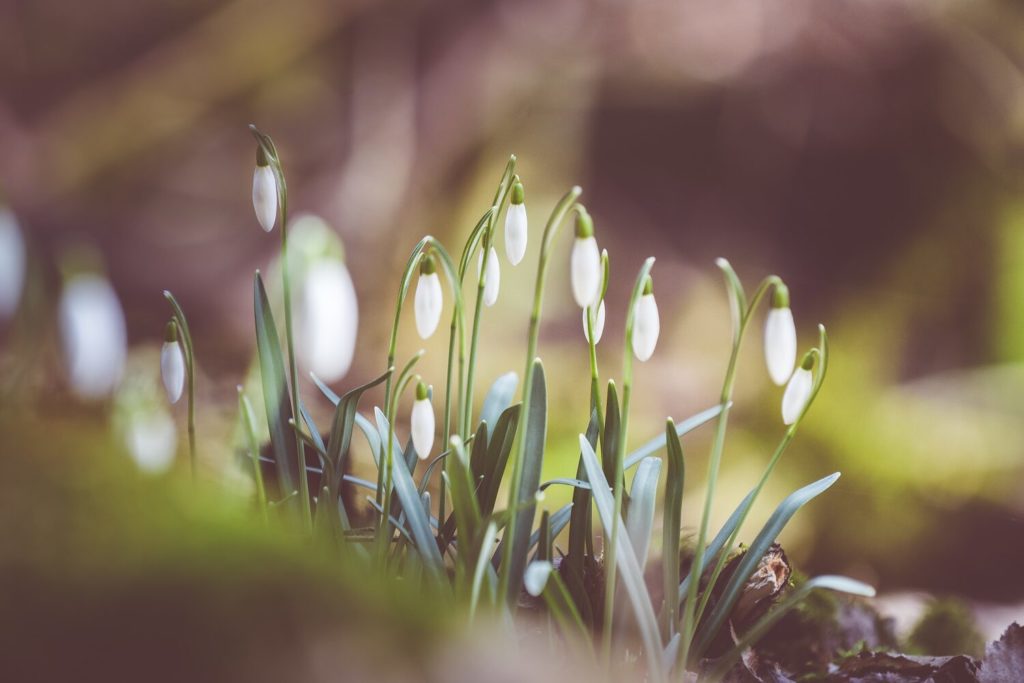As we come to the end of each year in the Northern Hemisphere, the nights get longer, days grow colder and the lush green life that colours our planet slowly fades back into the earth for winter slumber. During these months our surroundings can appear very black and white, our gardens are not their usual display of colour and life, which can be challenging for some. While there is not much thrives when the world is in this state, there are some plants that can help you bring life to a Winter Garden.
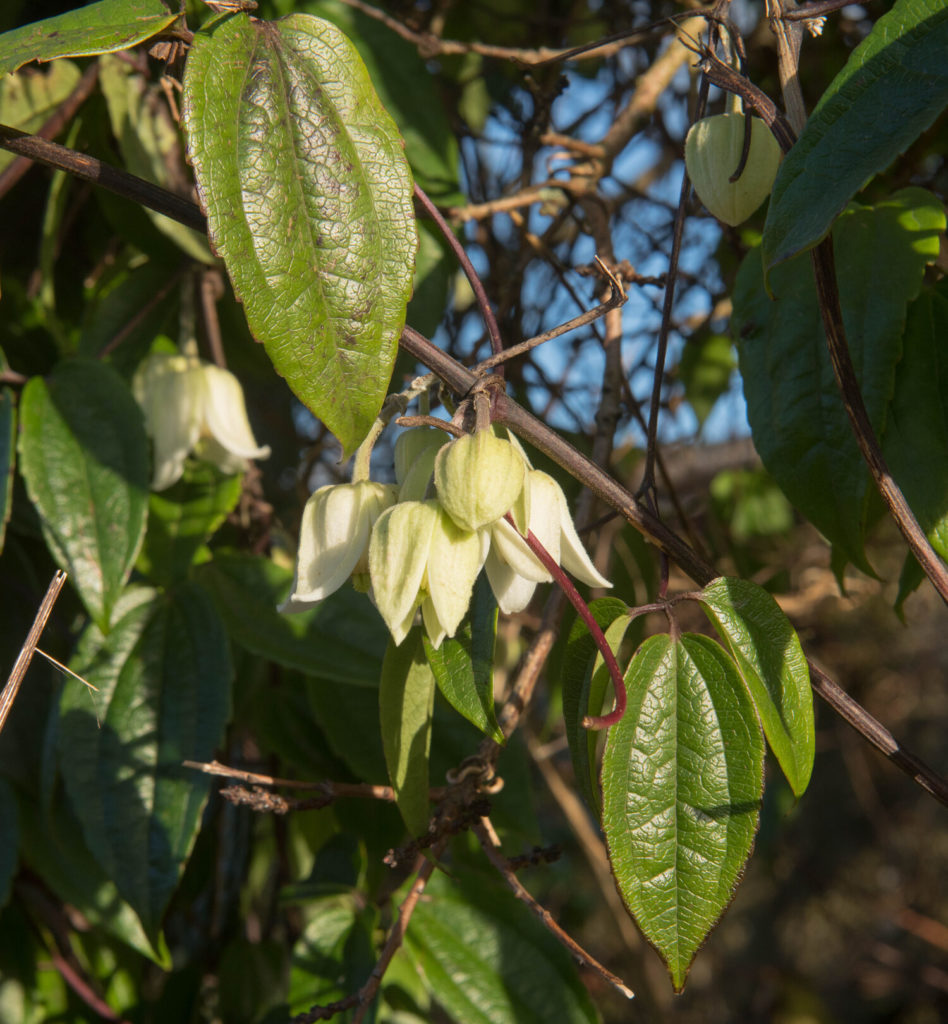
Clematis ‘Winter Beauty’
Like its summer cousin, winter Clematis is a climbing plant, so it is best grown over a trellis or archway that sees the sun or is in partial shade. There are several varieties of Clematis that bloom in the winter but one of our favourites is the ‘Winter Beauty’ variety, which blooms in clusters of small white nodding bells. The evergreen foliage provides a great opportunity for privacy too.
Best planted in free draining, fertile soil as the plant can suffer from various leaf diseases in winter if the roots are kept too wet. Plant out in your garden in late summer to early autumn.
Flowers from December – February.
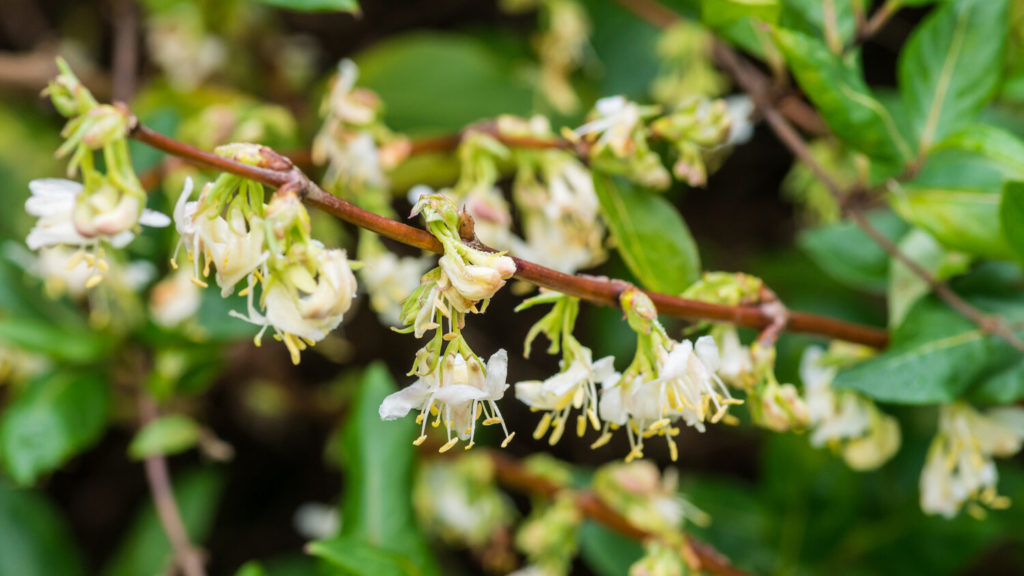
Winter-Flowering Honeysuckle
A vital source of food for insects, Winter-Flowering Honeysuckle looks much the same as the variety we see throughout the summer months; though growing white trumpet-shaped flowers and slightly less active with bees and insects.
This plant prefers moist but well-drained soil in locations that receive full sun or partial shade. Plant in your garden in late winter if choosing a deciduous variety, or spring or autumn if evergreen.
Flowers from December – March.

Hellebore
Coming in various shades of pink, green, white and purple, Hellebore can add a rare splash of colour to a winter garden. Often named the Christmas Rose due to the religious belief that it sprouted on the ground from the falling tears of a Shepherdess who had arrived with no gift to give baby Jesus in Bethlehem.
Hellebores enjoy growing in partial shade in sheltered areas of the garden that are not prone to frost. Hellebores can cause irritation to the skin, so it is best to handle with gloves.
Flowers from December – March.
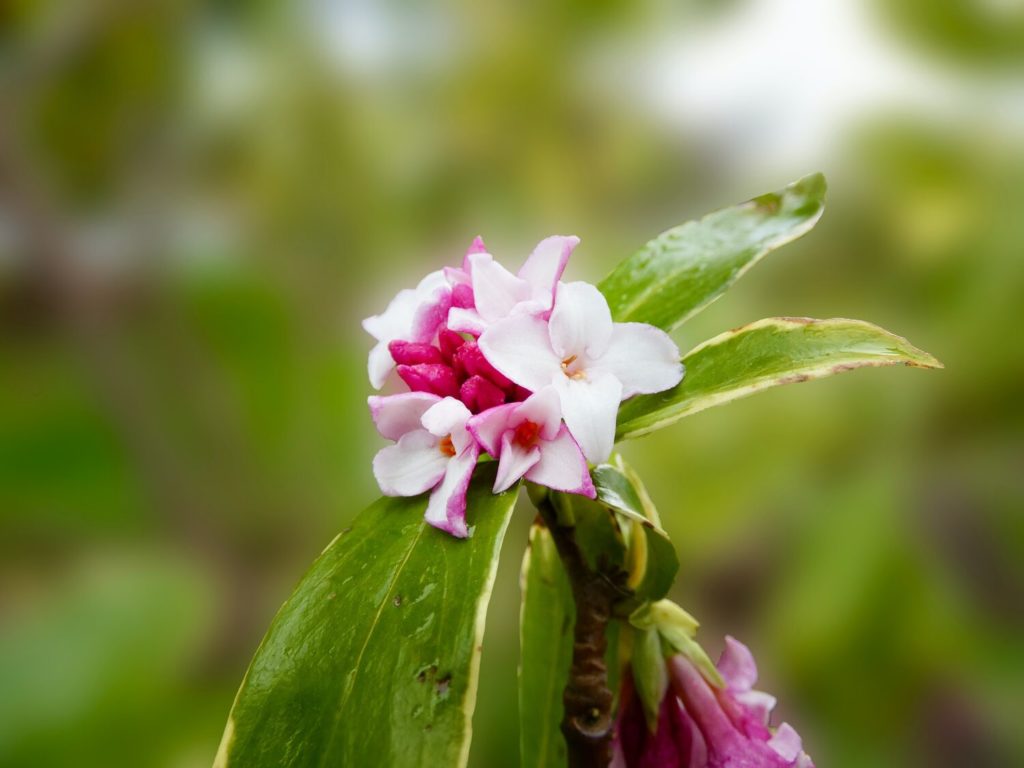
Daphne ‘Odora’
Many Daphne varieties flowers in the winter, but our favourite is Daphne Odora. Native to Japan and China, Daphne Odora is an evergreen shrub with dark green glossy leaves and fragrant pinky-purple clusters of flowers, each with 4 petals.
Best planted in a sheltered garden with full sun or partial shade. This plant is highly toxic to humans and animals if ingested and the sap can cause skin irritation, so best planted with gloves.
Flowers from February – March.

Camellia ‘Japonica’
For a real hit of colour, Camellia Japonica produces beautiful dark pink, ruffled flowers. Camellia bushes can live for up to 100 – 200 years and most varieties tend to flower in late winter – early spring, though there are some that flower later in the year.
Plant in autumn while the soil is still warm, in aspects that receive full sun or partial shade. Despite their delicate flowers, Camellias are surprisingly hardy though the flowers can be damaged by cold winds and late frosts.
Flowers from February to April.

